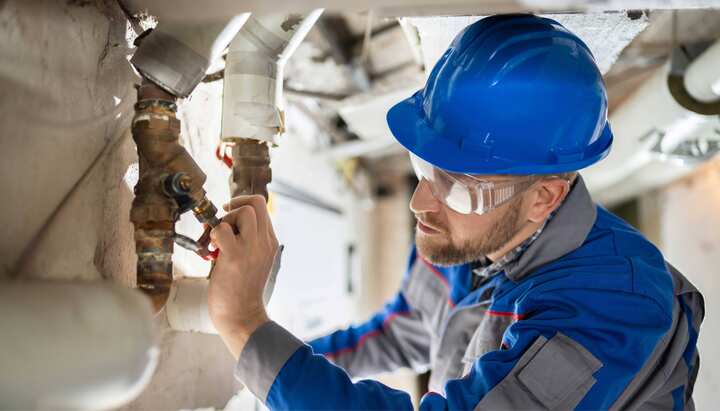
Top Water Damage Prevention Tips
Water damage can have serious consequences for any structure. It can cause rotting of building materials, mold growth and even structural collapse. There are many ways to prevent water damage before it occurs, such as proper maintenance and inspection of plumbing, roofing and drainage systems. By following these water damage prevention tips and establishing a maintenance plan, individuals can protect their property from water damage.
Overview of water damage
Water damage can occur in a variety of ways and cost money. Broken pipes, a leaking roof, flooding, or an errant appliance are all common causes of water damage. The results can range from the mundane – such as mildew growth on walls – to the catastrophic – like sewage backups or mold growth throughout a home. Even minor incidents can create significant issues if left unaddressed. Water damage repairs are often high due to the wide range of structural components affected. For instance, if a ceiling becomes saturated with water, it could require replacement of not only the ceiling itself but also insulation, sheetrock, and adjacent walls. In addition to structural repairs, furniture and other personal belongings may need to be replaced or restored. The costs associated with this type of clean up can quickly add up.
Water damage prevention experts detect leaks
Detecting leaks is essential for water damage prevention. Leaks can often go unnoticed and if not addressed, can cause serious damage to your home and belongings. One way to detect a potential leak is to look for signs of water damage on the walls and floors. These may include discoloration, warping, or peeling of paint or wallpaper. It is also critical to inspect visible pipes or plumbing fixtures for leak signs. Another way to detect a potential leak is by listening for strange noises coming from behind walls or under floorboards. If you hear a dripping sound coming from an unknown source, it could be an indication that there is a hidden leak somewhere in your home. Finally, it is wise to have routine maintenance checks done on all your plumbing systems to prevent any potential leak issues before they become costly problems down the road.
Identifying potential risks
Identifying potential risks from water damage is essential for water damage prevention. Water can seep in through the smallest cracks, wreaking havoc and destruction. Gaining an understanding of water damage sources will help you identify and mitigate risk before it’s too late. First, look at the external environment surrounding your home or business. Keeping an eye on the outside environment can help you anticipate flooding and provide early warning when necessary. Second, inspect the inside of your structure for any signs of structural weakness or damage. Check all walls, floors, and ceilings for visible signs of moisture or water intrusion. Make sure all gutters are free of debris and check window seals regularly to ensure no water enters through them.
Water damage prevention requires protective measures
Water damage risks have been identified and now it is time to consider protective measures. One of the most effective ways of practicing water damage prevention is through preventative maintenance. Regularly inspecting pipes, faucets, and other fixtures for signs of leaks, deterioration, or other issues can help identify problems before they become more serious. Additionally, it is imperative to clean gutters and downspouts regularly to ensure rainwater flows away from the house correctly. Another key aspect of water damage prevention is ensuring that all plumbing systems are properly sealed and insulated. It is also wise to take proactive steps to limit flooding risk in your home. Installing a sump pump or a French drain system can divert excess moisture away from the house. Additionally, creating a plan for what to do during a flood situation will provide peace of mind if an emergency occurs. By implementing these water damage prevention measures and being mindful about potential risks associated with water damage, homeowners can protect their homes and belongings from costly repairs due to water damage.
Maintenance and monitoring
Maintenance and monitoring are two of the most critical aspects of water damage prevention. Regularly inspecting, cleaning and maintaining plumbing systems, appliances, fixtures and all other potential water sources is essential. This includes:
- Discoloration on walls or ceilings
- Warping of flooring or baseboards
- Wet floors or carpets
In addition to regular inspections, monitoring plumbing systems is also key to preventing water damage from occurring. These devices can be installed in vulnerable areas such as near hot water heaters or washers and dryers where leaks often occur. They will detect even the smallest amounts of moisture so homeowners can act quickly to mitigate the problem before it becomes larger.
Consider our network for reliable water damage prevention
Water damage prevention is a crucial task for homeowners. Preventing water damage saves time, money, and property integrity. To begin, detecting leaks and identifying potential risks are necessary steps in water damage prevention. By taking proactive steps and hiring experts, you can protect your home by preventing water damage from occurring. Taking these simple steps can make all the difference in avoiding costly water damage repairs.